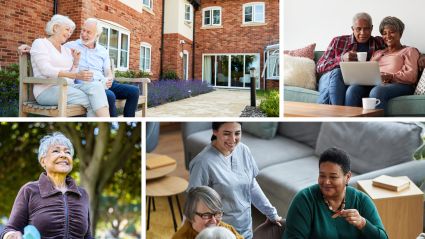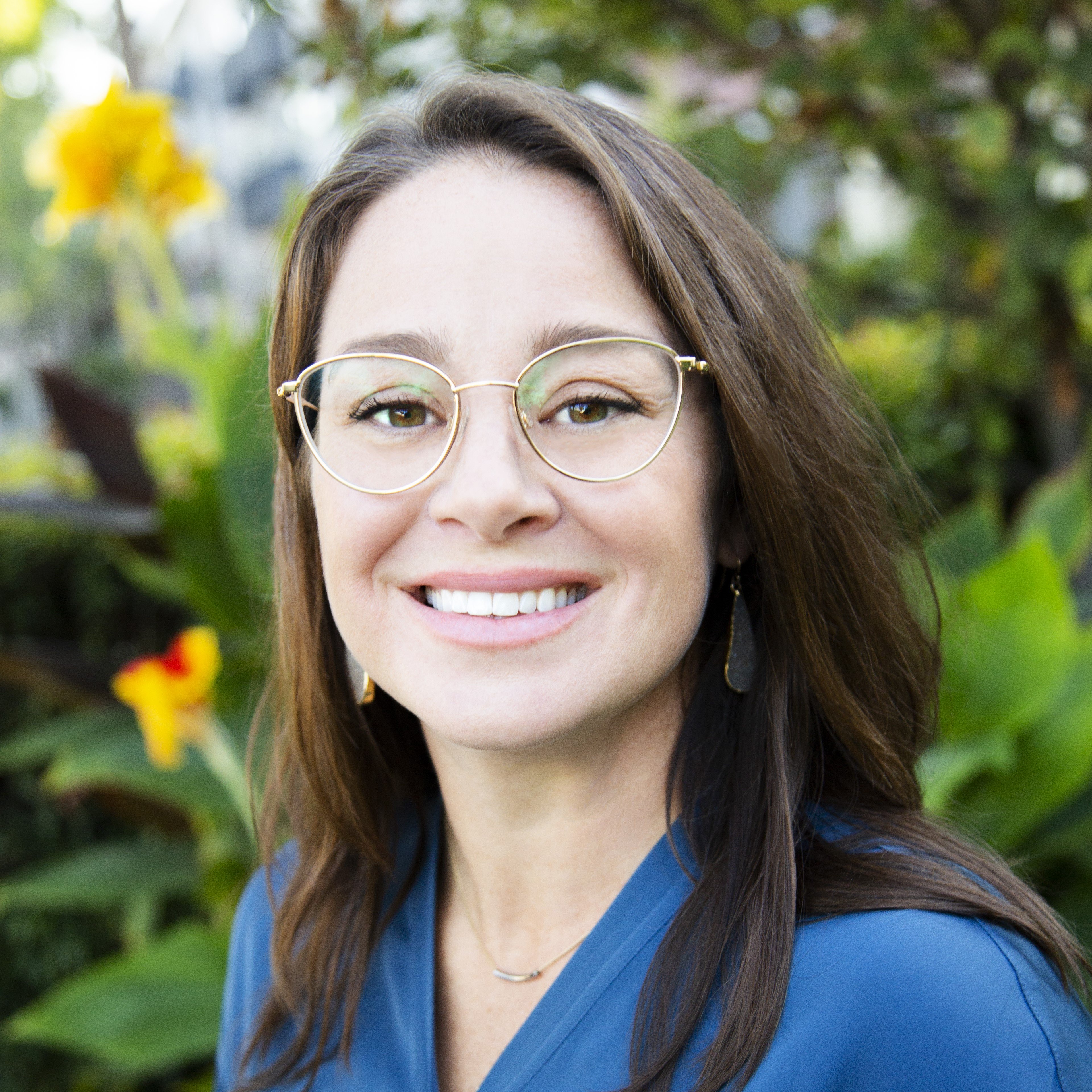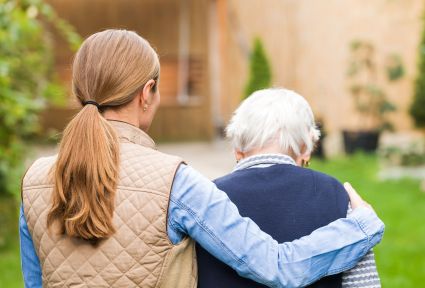Why this expert thinks a person-centered approach will be critical
In this interview series from the Milken Institute Center for the Future of Aging and PBS' Next Avenue, experts from the Center's Advisory Board share their perspectives on the long-term impacts of the COVID-19 pandemic.
Milken Institute Center for the Future of Aging: What impacts will the COVID-19 pandemic have on senior housing and care?
Robert Kramer: COVID-19 has raised the bar on infection control and safety. This will have a major impact on design, staffing patterns, and training.
The need to isolate residents has forced the sector to adopt digital technologies. Providers are having to embrace high-tech solutions for communication, remote care delivery, social engagement programming, and connectivity with family and friends.
In addition to causing a fear of congregate settings for all age groups, the pandemic has demonstrated that keeping older adults—especially those with chronic conditions and high frailty levels—out of the hospital and the doctor’s office is now a priority.
Senior housing can no longer send residents out for their health care. Rather, they must bring health care to residents where they live.
This means providers must be able, either themselves or through partnerships, to proactively manage underlying health conditions and triage for minor acute care episodes onsite.
This will lead to more collaboration between senior housing and care companies and health-care providers (such as hospital systems and physicians groups) and also payers, who have already begun to view senior care settings as a key to improving outcomes while lowering costs for this high-cost population.
Beyond addressing needs for infection control and safety, the industry’s value proposition—particularly for the millions of boomers who are aging—will be that these settings foster opportunities for people to engage with each other and the broader community, to have an ongoing sense of belonging and purpose.
It offers an answer to the fear of sitting at home and withering away in isolation. We cannot keep elders in their rooms in the name of protecting them.
Families will ask the industry how it will deliver social engagement and human connection when the flu, or the next pandemic, strikes. The industry will have to have an answer.
How are long-term care providers adapting to the new normal, and what changes are most likely to persist over time?
For skilled nursing providers, building design will have to facilitate infection control protocols and the ability to allow for cohorting and isolating as needed. This means more attention to small-house models, as well as neighborhoods and pods, even within a 120-bed facility.
It means ensuring access to high-speed internet and individualized air flows into private resident rooms.
It means thorough staff training in infection control and prevention, increased utilization of staff consistently assigned to the same residents, and enabling those staff to perform multiple job roles.
A challenge is that over 50 percent of nursing homes in metro areas are over 40 years old. Many won’t work as a setting for the increasingly high-acuity residents entering long-term care.
Another challenge is that there are still too many residents in skilled nursing facilities who are only there to have housing and personal care paid for them. We need to ensure these older adults receive the support and services they need in alternative community-based settings.
Today’s long-term care providers are increasingly seeing the need to manage underlying health conditions where residents live. They are beginning to employ telehealth and explore partnerships with health-care organizations, to deliver care to residents on site. You can expect to see that trend continue.
Lastly, long-term care providers must enable residents to be participants in their settings, not just recipients of care.
Though most of these residents suffer from multiple chronic conditions, take numerous prescriptions, and need assistance with activities of daily living, they can and should be engaged in terms of their aspirations and contributions. That is what gives them a sense of meaning and purpose.
This person-centered approach is foundational if we’re going to disrupt the current broken system of long-term care, together with a societal commitment to adequate funding and better wages and benefits for caregivers.
The shortfalls in our housing and care systems for older adults have been brought into stark relief. Does this crisis present an opportunity to reimagine communities in ways that integrate and support older adults living in a range of environments?
Absolutely. There are opportunities to address racial and health inequities.
Many years spent in food deserts, with limited access to health care, good jobs, transportation, stable housing, and other social determinants of health, are causing some of the underlying health conditions that are now understood to increase the risks of COVID-19 and other health crises.
With growing numbers of older adults living longer, often with complex care needs, and with fewer family members to provide care, we will need a full range of housing and care options that can be scaled to meet the demand.
These options must integrate housing, wellness, health-care services, and personal care so we deliver the right services at the right time in the right setting.
Most older adults want to age in place, but the key for their health and well-being is living in the right place—a place where they can thrive with a sense of belonging and community, instead of being isolated and feeling abandoned.











